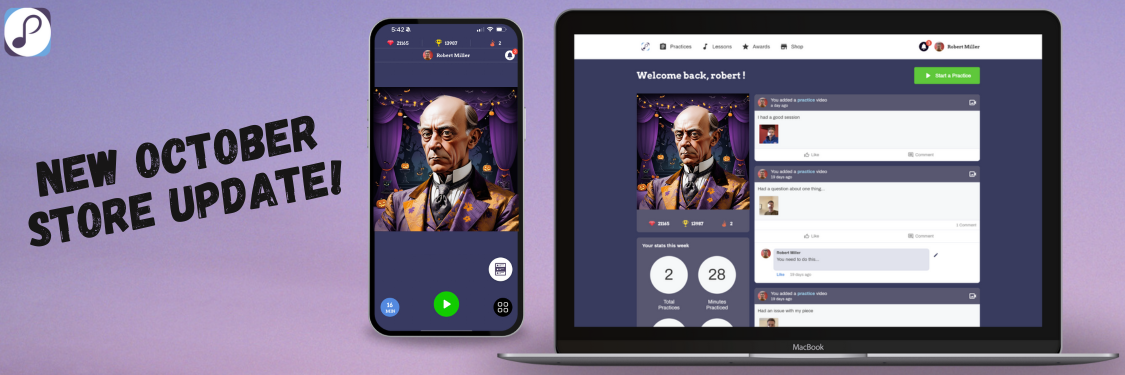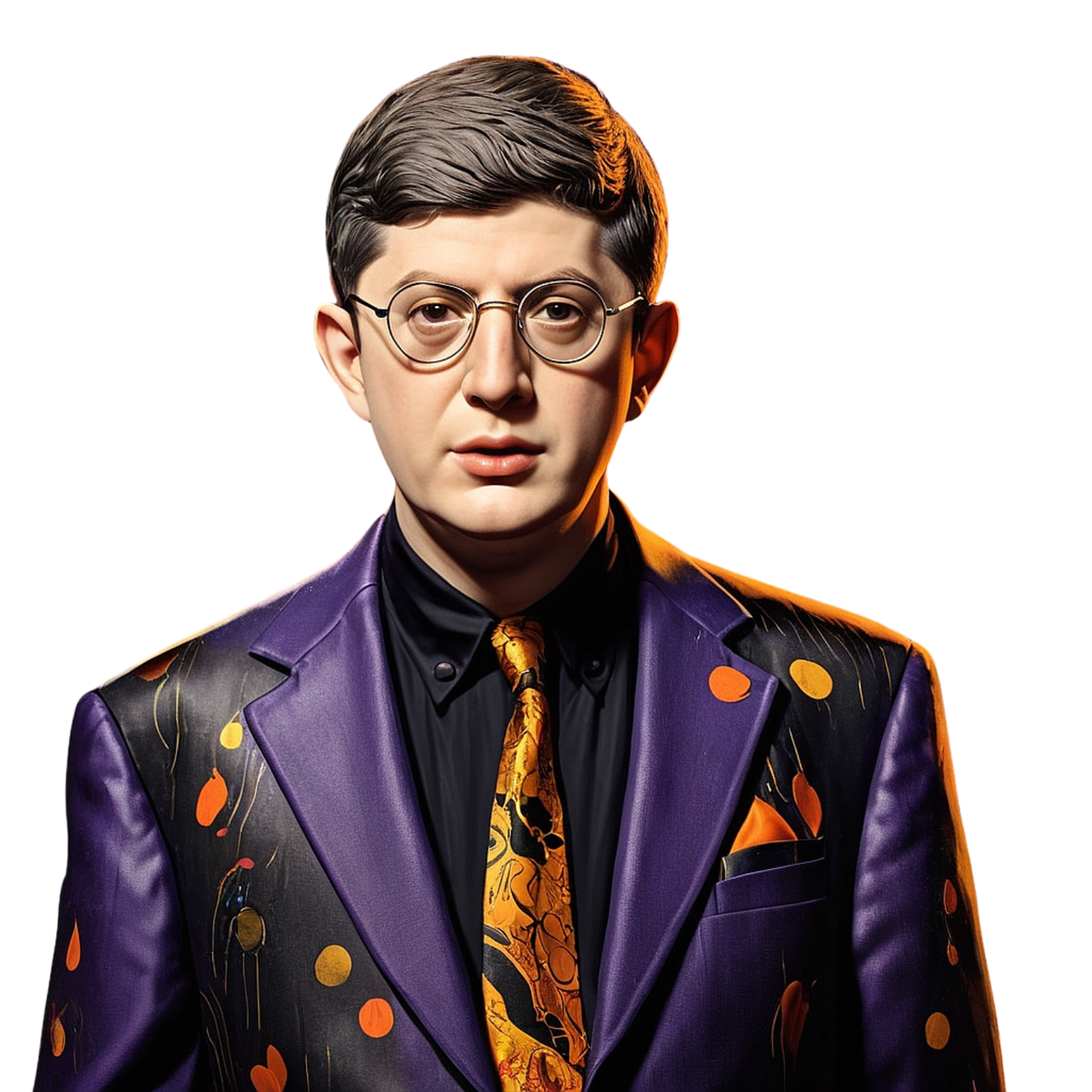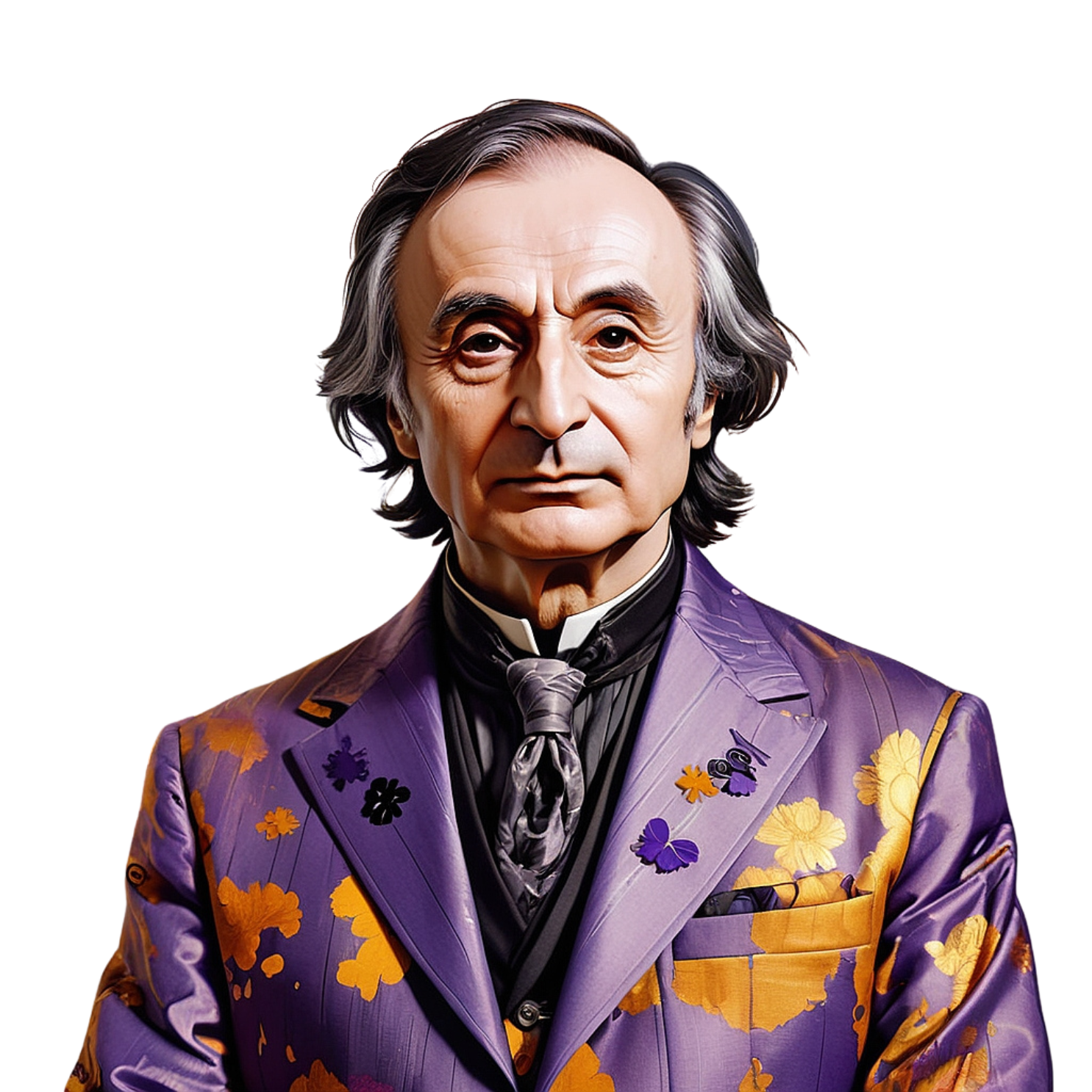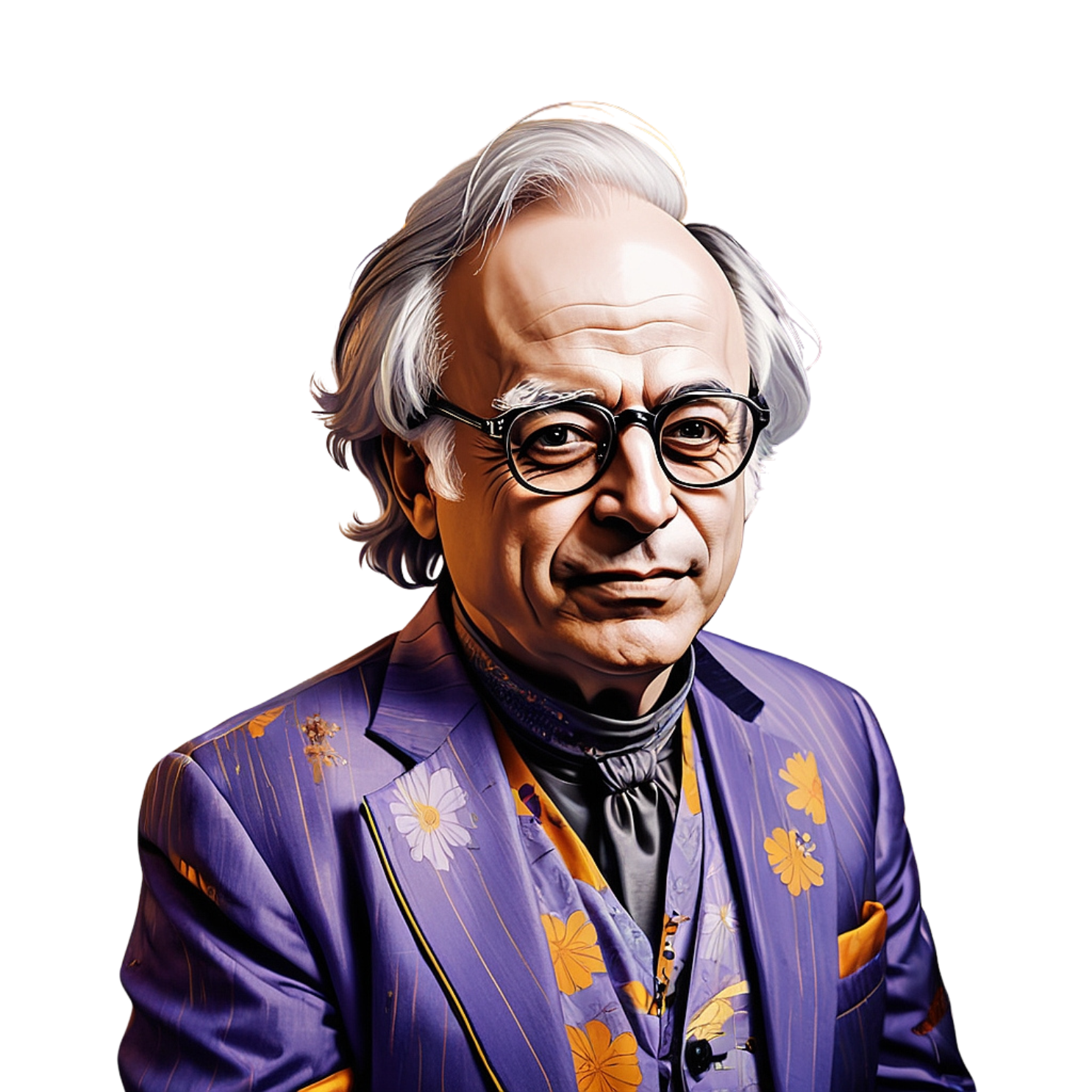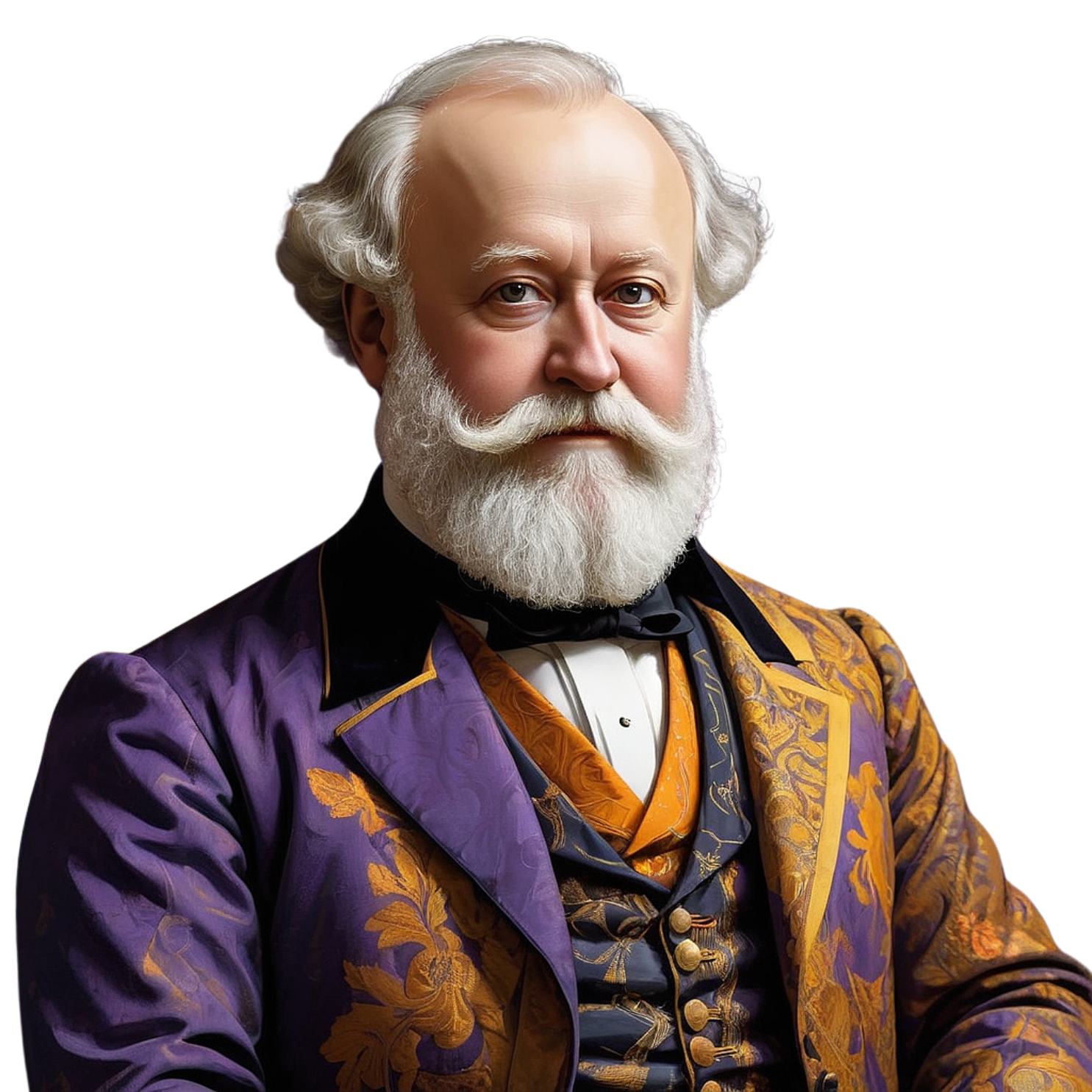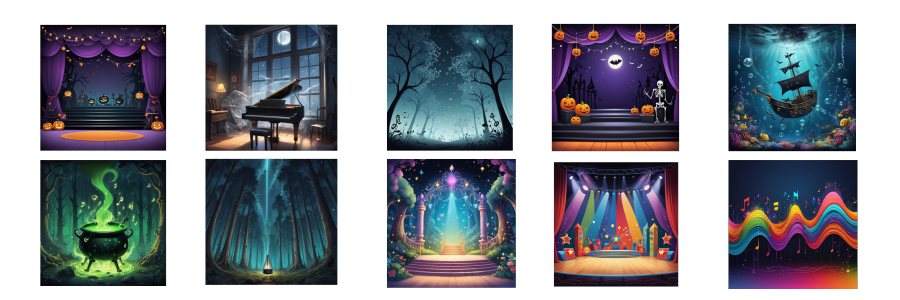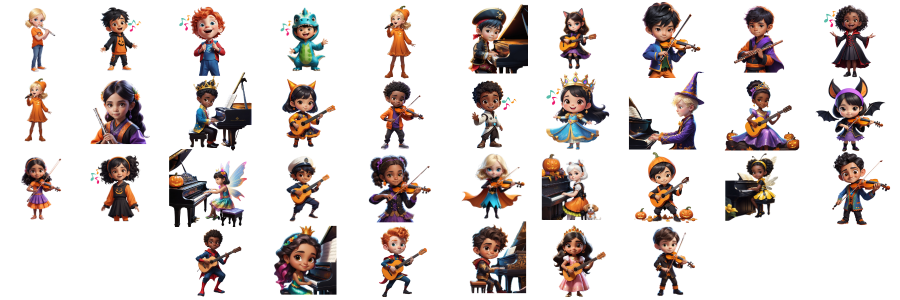New October Store Update - FREE Resources
Happy October! Embrace the eerie spirit of Halloween with our Spooky Composers theme in the Practice Space store! This month, our shop is filled with avatars of legendary composers who've mastered the art of chilling and thrilling music, perfect for the spooky season. From haunting operas to spine-tingling symphonies, these musical geniuses will add a ghostly touch to your musical explorations.
Each avatar can be redeemed using Practice Gems, earned by meeting daily practice goals—a great way to motivate and engage your students. Dive into the mysteries of music history as your students collect and learn from these iconic figures.
Moreover, we've enhanced your teaching toolkit with a specially curated PDF handout filled with fun, educational activities linked to each composer. Perfect for lesson engagement, this handout includes quizzes, facts, and biographies to deepen students' understanding of the spooky composers.
Don't forget to check out the YouTube links provided for each composer's notable works—experience the thrill of their music firsthand! Every avatar comes paired with unique quotes, letting these historical figures share insights into their hauntingly beautiful compositions.
Discover the featured composers this October, each accompanied by intriguing facts and a snippet of their eerie musical pieces in our latest blog post. Embrace the season of the witch with us at Practice Space!
Bernard Herrmann (June 29, 1911 - December 24, 1975) was a groundbreaking American composer known for his intense, emotional film scores that shaped modern cinema sound.
Facts in app:
I started my music career early, winning a composition prize at just 13 years old!
I scored many of Alfred Hitchcock's films, including the famous 'Psycho'!
My music isn’t just for scary movies; I also composed the whimsical score for The Ghost and Mrs. Muir.
Believe it or not, I wrote the score for Citizen Kane, one of the greatest films ever made, when I was only 30!
I loved experimenting with different sounds, which is why some of my scores use unusual instruments like the theremin.
Check out this performance of Psycho Suite!
Bernard Herrmann - Psycho Suite - BBC Proms 2011 (HD)
Alfred Schnittke (November 24, 1934 - August 3, 1998) was a Russian composer known for his polystylistic approach, blending classical and modern elements in innovative ways.
Facts in app:
I often mixed different musical styles in a single piece, which I called 'polystylism'.
My music can sound like a conversation between the past and present, featuring everything from tango to baroque.
I wrote film scores too, over sixty! They helped me explore various musical landscapes.
Despite facing serious health challenges, I continued to compose, driven by my passion for music.
One of my most dramatic works, 'Faust Cantata,' brings together voices and orchestra to tell an old tale in a new way.
Check out this performance of Concerto Grosso no.1 V. Rondo: Agitato
A Far Cry - Schnittke: Concerto Grosso no.1 (1977), V. Rondo: Agitato
Arnold Schoenberg (September 13, 1874 - July 13, 1951), a visionary Austrian composer, pioneered the twelve-tone technique that revolutionized 20th-century music.
Facts in app:
I started music without formal training, teaching myself violin and cello before composing.
My development of the twelve-tone technique broke traditional harmony rules, creating completely new musical structures.
Did you know I painted too? I expressed my artistic vision through both music and art.
I fled Europe due to the rise of the Nazis and continued my influential teaching and composing in the United States.
My work 'Pierrot Lunaire' is one of my most famous, using 'Sprechstimme'—a style between singing and speaking—to convey its eerie poems.
Check out this performance of Pierrot Lunaire
Complete performance: Schoenberg's Pierrot lunaire
György Ligeti (May 28, 1923 - June 12, 2006) was a groundbreaking Hungarian composer known for his avant-garde compositions that explored new forms and sonic textures.
Facts in app:
I escaped Communist Hungary in the 1950s to start a new life and career in the West.
My music might sound like science fiction; in fact, it was used in Stanley Kubrick’s film 2001: A Space Odyssey.
I experimented with 'micropolyphony,' a technique where many similar musical lines blend to create a complex texture.
I was fascinated by the possibilities of sound and once composed a piece for 100 metronomes all ticking at different speeds.
Despite my innovative approaches, I also respected musical tradition and often referenced older forms and styles in my works.
Check out this performance of Atmospheres
György Ligeti - Atmospheres
Charles Gounod (June 17, 1818 - October 18, 1893) was a French composer best known for his operas and sacred music.
Facts in app:
I won the prestigious Prix de Rome in 1839, which really kick-started my career in music.
My opera 'Faust' is one of the most performed operas worldwide, and it reflects my deep interest in dramatic and spiritual themes.
Besides operas, I also composed masses and symphonies, showcasing my versatility in different musical genres.
Did you know my 'Funeral March of a Marionette' became famous as the theme music for the Alfred Hitchcock Presents TV show?
I loved to blend lyrical melodies with rich orchestration, which is evident in pieces like 'Ave Maria,' originally based on a work by Bach.
Check out this performance of Funeral March of a Marionette
Gounod - Funeral March of a Marionette
Background Update
Some other fun additions
These all cheer the student on but also talk about tempo and other musical terms!

